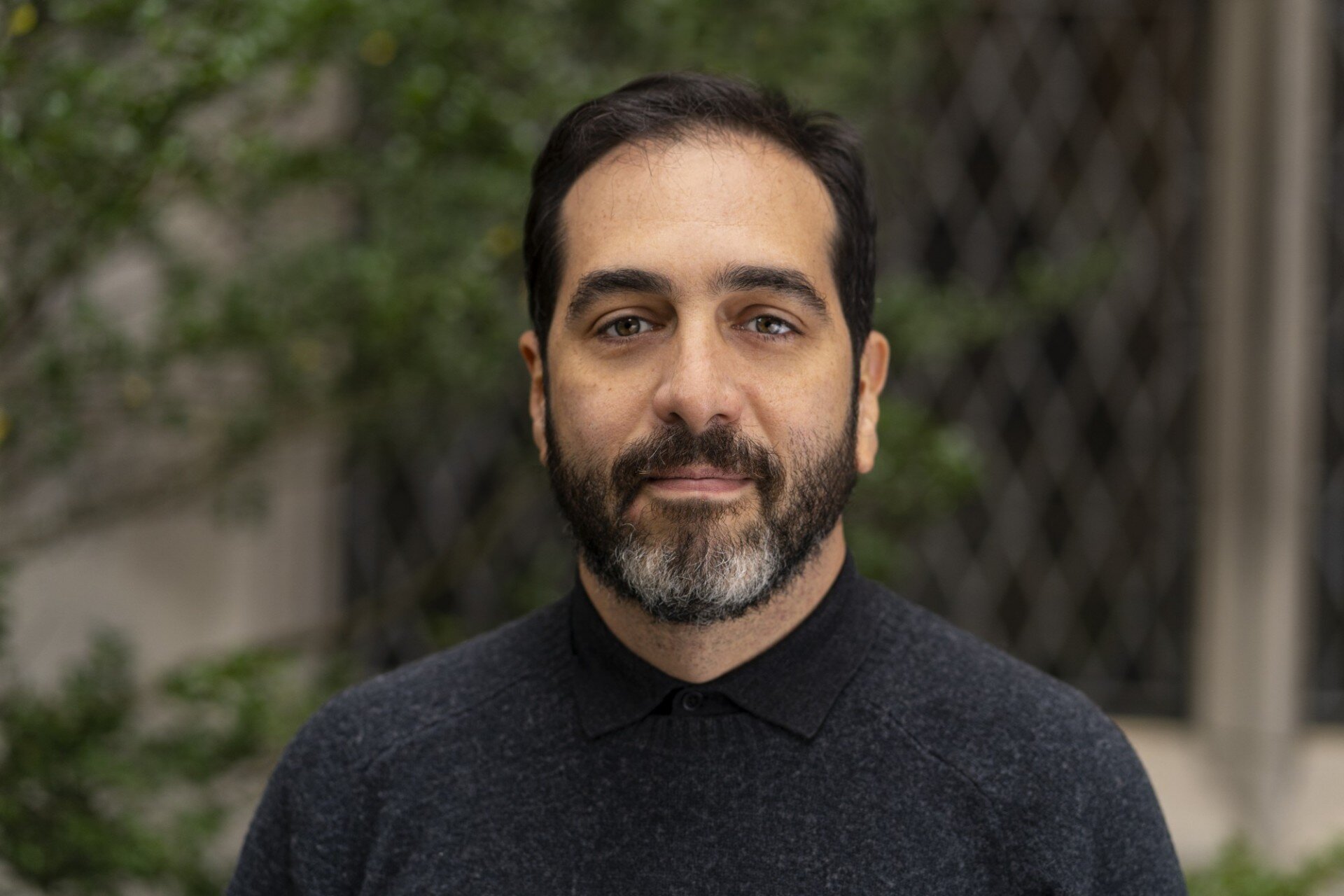The Christian Jubilee is fundamentally a spiritual journey. Established in the 14th century, it was envisioned as a time of reconciliation, forgiveness, and inner renewal. Every Holy Year, millions set out—physically and symbolically—toward designated sites, undertaking a path that blends ritual practice with personal transformation.
In 2025, during the Jubilee of Hope, Jordan becomes a central destination for those wishing to participate in this tradition. Bethany Beyond the Jordan (or Al-Maghtas in Arabic), the site long associated with the baptism of Jesus, has been formally named a Jubilee site. But what does it mean to “gain the Jubilee,” and how can that be experienced in Jordan?
A Sacred Site on the Jordan’s Eastern Bank
Al-Maghtas – meaning “the place of baptism” in Arabic – sits on the eastern bank of the Jordan River. The site holds historical, archaeological, and spiritual importance. Early Christian texts and architectural remains support the identification of this location as the site of Jesus’ baptism by John the Baptist.
In 2015, UNESCO added Bethany beyond the Jordan (Al-Maghtas) to the World Heritage list. In January 2025, the Church of the Baptism of the Lord was inaugurated there, affirming its role as a liturgical and pilgrimage site for the Jubilee. Today, it stands among four official Jubilee locations in the Holy Land, alongside Jerusalem, Bethlehem, and Nazareth.
The selection of the Baptism Site "Bethany beyond the Jordan" (Al-Maghtas) reflects not only its symbolic importance but also theological consistency: baptism signifies the beginning of a new life, and the Jubilee, similarly, proposes a form of renewal—spiritual and personal.
Pathways to Plenary Indulgence
In Christian tradition, the Jubilee offers the possibility of receiving a plenary indulgence, interpreted here as a symbol of spiritual reconciliation and inner clarity. Though rooted in specific doctrine, the practice can also be understood more broadly as a gesture of renewed intention.
To receive this indulgence at Bethany beyond the Jordan (Al-Maghtas), visitors typically undertake a set of actions common to all Jubilee sites:
- Visit the designated site with a mindset of faith, introspection, and openness to change.
- Participate in a communal religious celebration, such as Mass, Eucharistic adoration, or another prayerful act.
- Receive the sacrament of confession, ideally near the time of the visit.
- Take communion as a sign of spiritual union.
- Pray for the intentions of the Pope, using traditional prayers or spontaneous words.

Late Pope Francis during His Visit to Bethany Beyond the Jordan (Al Maghtas) in 2014
These steps are not rigid formulas but an invitation to see the physical journey as part of a deeper interior process—one that engages memory, conscience, and the desire for transformation.
A Journey Open to All
Though the Jubilee is rooted in Christian practice, its themes resonate more broadly. The act of pilgrimage, the search for reconciliation, the encounter with historically charged spaces – all of these can speak to those of various beliefs or none, especially those drawn to cultural or existential inquiry.
Jordan has developed thoughtful infrastructure to welcome a diverse public. Bethany Beyond the Jordan (Al-Maghtas) is equipped for respectful tourism, offering quiet spaces, pilgrim facilities, and guided routes that interpret the site from multiple angles: historical, spiritual, archaeological, and human.
Jordan's commitment to preserving this heritage illustrates how a country can serve as a bridge between traditions—welcoming visitors not only into the past, but into a shared vision of the future.
A River, a Beginning, a Renewal
In 2025, Jordan offers more than a religious stop. It offers a moment of pause, a place where history and faith intersect with the present. To “gain the Jubilee” at Bethany Beyond the Jordan (Al-Maghtas) is not only to perform a rite, but to engage in an experience of reconciliation—with oneself, with others, and with a deeper past.
This significance will grow in the years ahead, especially in 2030, with the 2000th anniversary of Christ’s baptism—an occasion likely to draw global attention to a site where heritage, belief, and future potential converge.




